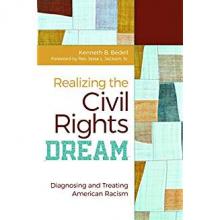Brief Summary of Chapter 1
Page Number
Introduction
In this introductory chapter I begin by telling the story of my first encounter with racism. Several issues related to the language that we use when discussing racism are raised. Then the outline of the book is presented.
- Read more about Brief Summary of Chapter 1
- Log in or register to post comments




 Contact Us
Contact Us